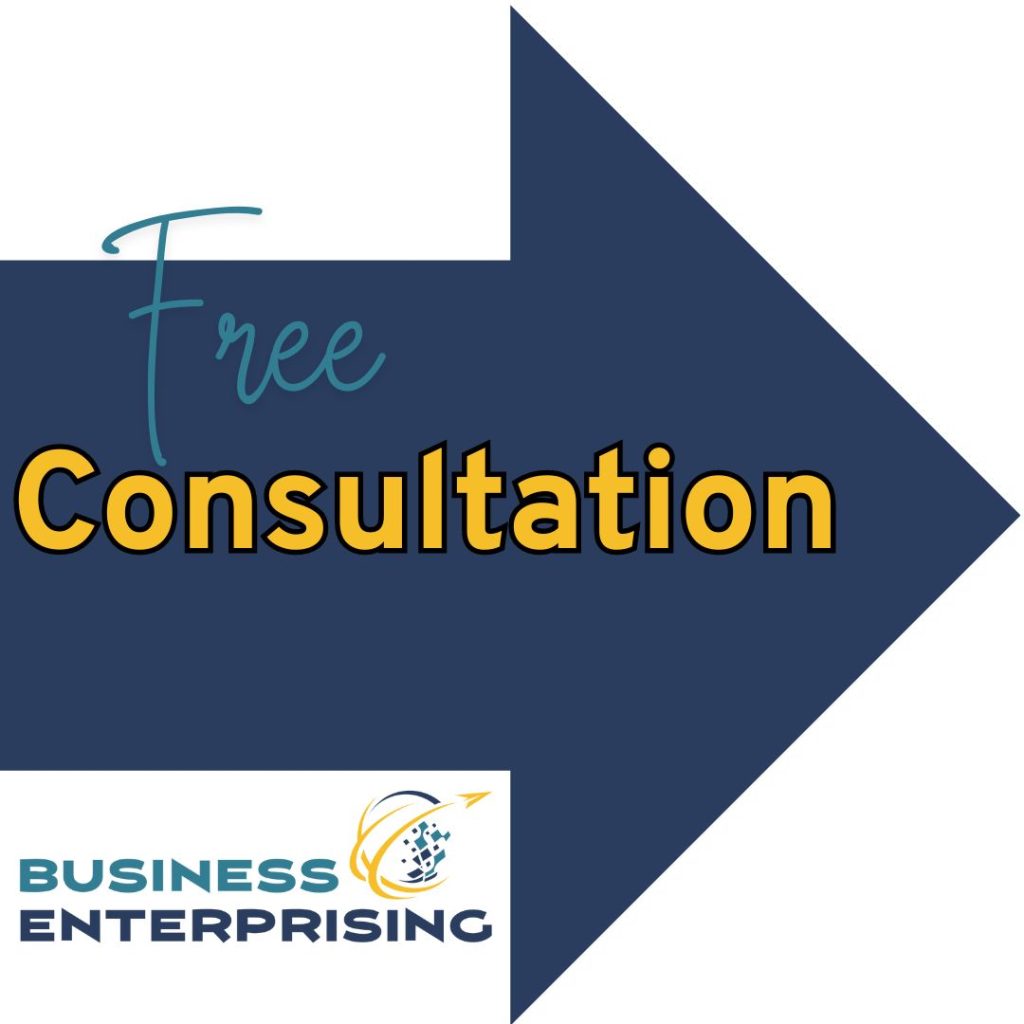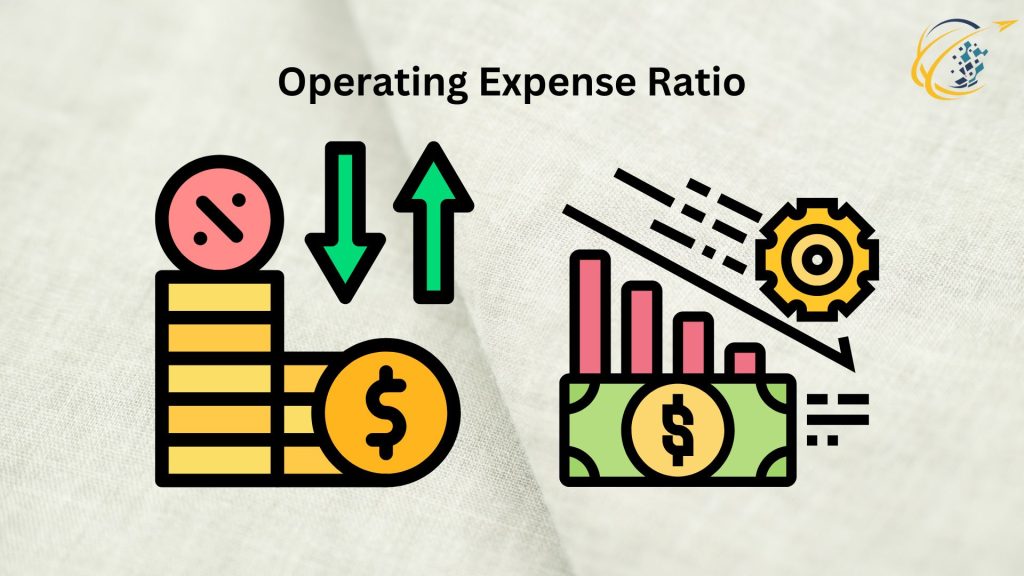 The Operating Expense Ratio (OER) is a financial metric that measures the proportion of operating expenses to a company’s total revenue. It offers insights into how efficiently a company is managing its operating costs compared to the revenue it generates. Companies across industries use OER, particularly in real estate and financial services, to assess their operational efficiency. A lower Operating Expense Ratio typically signals better financial health. This shows that a company is using its resources effectively to generate revenue.
The Operating Expense Ratio (OER) is a financial metric that measures the proportion of operating expenses to a company’s total revenue. It offers insights into how efficiently a company is managing its operating costs compared to the revenue it generates. Companies across industries use OER, particularly in real estate and financial services, to assess their operational efficiency. A lower Operating Expense Ratio typically signals better financial health. This shows that a company is using its resources effectively to generate revenue.
Monitoring the Operating Expense Ratio is crucial for businesses aiming for sustainable profitability and long-term success. A high OER can indicate inefficiencies like unnecessary expenses or resource waste, while a low ratio suggests efficient operations. By tracking and optimizing this metric, companies can identify opportunities for cost reduction, improve profit margins, and enhance overall operational efficiency.
How is the Operating Expense Ratio Calculated?
The Operating Expense Ratio is calculated by dividing a company’s total operating expenses by its total revenue. Then multiply the result by 100 to express it as a percentage. The formula is:
Operating Expense Ratio = (Operating Expenses / Total Revenue) x 100
For example, if a company has $500,000 in operating expenses and $2,000,000 in total revenue, the OER would be:
OER = ($500,000 / $2,000,000) x 100 = 25%
This means that 25% of the company’s revenue is being spent on operating expenses. The remaining 75% is available for profit, reinvestment, or other uses. Companies strive to keep their OER as low as possible to maximize profitability.
Why is the Operating Expense Ratio Important?
The Operating Expense Ratio is important because it helps businesses monitor and manage their costs relative to their earnings. By calculating and analyzing this ratio, companies can identify cost-saving opportunities and assess their operational efficiency. In industries like real estate, the OER is used to evaluate the profitability of properties by comparing operating expenses. Such Expenses would be maintenance, utilities, and property taxes to rental income.
For businesses in other sectors, the OER highlights how well the company is controlling its general and administrative expenses. A high Operating Expense Ratio could indicate that the company is spending too much on areas like salaries, office supplies, or marketing efforts without generating proportional revenue. This may suggest a need to optimize processes, reduce waste, or renegotiate supplier contracts to bring the ratio down.
Furthermore, investors and stakeholders frequently use the OER to gauge the financial health of a company. A consistently low OER suggests that the company has effective cost controls in place. This can make it more attractive to investors. On the other hand, a rising OER over time may signal that the company is facing operational challenges or increasing inefficiencies that need to be addressed.
Factors That Influence the Operating Expense Ratio
Several factors can impact a company’s Operating Expense Ratio. Businesses must regularly review these to maintain control over their operational efficiency. The industry in which a company operates plays a significant role in determining what constitutes an acceptable OER. For example, in capital-intensive industries such as manufacturing, where machinery and equipment require significant investment and maintenance, the OER may naturally be higher than in service-based industries.
Company size also affects the Operating Expense Ratio. Larger companies typically benefit from economies of scale, which allow them to spread their operating expenses over a larger revenue base. Smaller companies, on the other hand, may have higher OERs due to the limited revenue they generate compared to their fixed costs.
Additionally, economic conditions can influence a company’s OER. During economic downturns, businesses may experience reduced revenues, but their operating expenses remain relatively fixed, leading to a higher OER. Conversely, during periods of economic growth, companies can increase revenue more rapidly than expenses, improving their OER.
Strategies to Improve the OER
Improving the Operating Expense Ratio requires businesses to focus on both increasing revenue and reducing operating expenses. One effective strategy is cost optimization. This involves analyzing expenses to identify areas where costs can be reduced without sacrificing quality or customer satisfaction. For example, businesses can streamline internal processes, automate manual tasks, and negotiate better terms with suppliers to cut down on expenses.
Another approach is revenue enhancement. By developing new products, expanding into new markets, or increasing prices (while maintaining value for customers), businesses can grow their revenue base, thereby improving their OER. At the same time, companies can focus on improving customer retention and increasing the lifetime value of customers through targeted marketing and personalized services.
Technology also plays a vital role in reducing operating expenses and improving the Operating Expense Ratio. Implementing software solutions for automation, inventory management, and customer service can help businesses reduce labor costs and improve efficiency. Data analytics tools can provide deeper insights into spending patterns, allowing companies to make more informed decisions about where to cut costs.
Industry Benchmarks for OER
The acceptable Operating Expense Ratio varies by industry. In the real estate industry, property managers generally consider an OER below 35% healthy, as they aim to keep expenses low compared to rental income. In contrast, financial institutions often view an OER below 60% as efficient. Companies in the retail sector generally target an OER between 20% and 30%, depending on the specific type of retail operation.
It is crucial for companies to benchmark their OER against industry standards to assess their competitive positioning. A ratio significantly higher than the industry average may indicate inefficiencies, while a lower ratio suggests that the company is operating more efficiently than its peers.
The Operating Expense Ratio is a vital metric for businesses aiming to control costs, maximize profitability, and maintain operational efficiency. By regularly tracking and optimizing this ratio, companies can identify cost-saving opportunities and improve their financial performance. Whether through cost-cutting measures, revenue growth initiatives, or technology implementation, businesses have numerous strategies to keep their OER in check and ensure long-term success.
Ultimately, the Operating Expense Ratio serves as a powerful tool for decision-makers to gauge the health of their business. By understanding its implications and keeping it within acceptable limits, companies can improve their profitability, attract investors, and sustain growth in an increasingly competitive market.

